The hearts of cold animals
To Library users prompted to consider matters of the heart, one might recommend Joseph Morland. His Disquisitions Concerning the Force of the Heart, the Dimensions of the Coats of the Arteries, and the Circulation of the Blood was published in 1713. It can be found in the Upper Library, bound in a volume (once the property of Charles Otway) that also contains two biographies, and a dialogue by Plato.
Although flavoured with professional rivalry and references to the notion of a divine plan, Morland’s study is primarily a methodical and mathematical one, laid out with a confidence not hard to detect beneath the surface humility of his introduction.
The following Sheets contain some Thoughts, with which I have now and then a little entertained and pleased my self. I do by no means conclude from thence, that they might be agreeable to others. Nor shall I mightily concern myself about the Opinion the World will have of them, if upon the whole I find I am better qualified, as I flatter my self I am, to ease Pain and cure Diseases. This alone will be sufficient for me.
Had I any other Ambition, ’tis contrary to the Nature, and below the Dignity of such Disquisitions as these, to endeavour to cover them from Censure, by mentioning the names of any Learned Friends of mine, who have seen and approved them.
Swapping discipline-specific vocabulary into the space of ‘ease Pain and cure Diseases’ would make this a solid preamble to any book or essay.
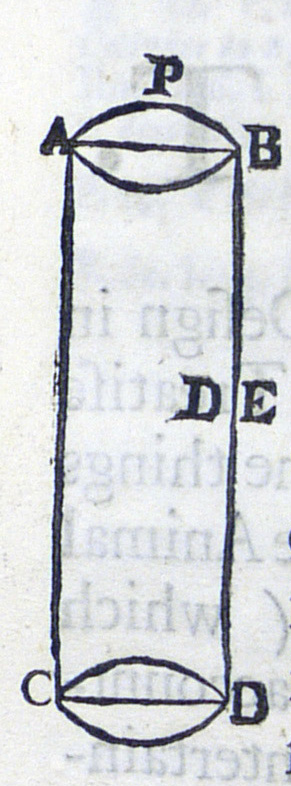
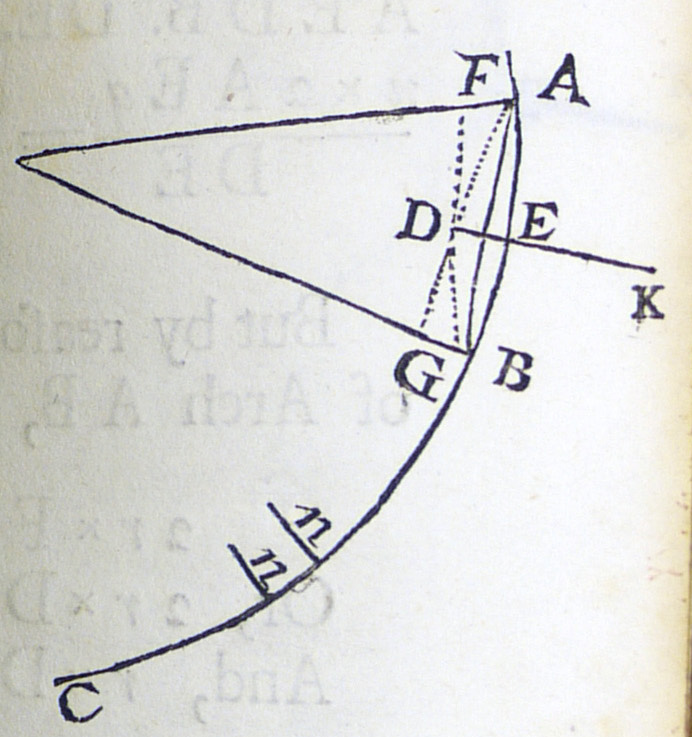
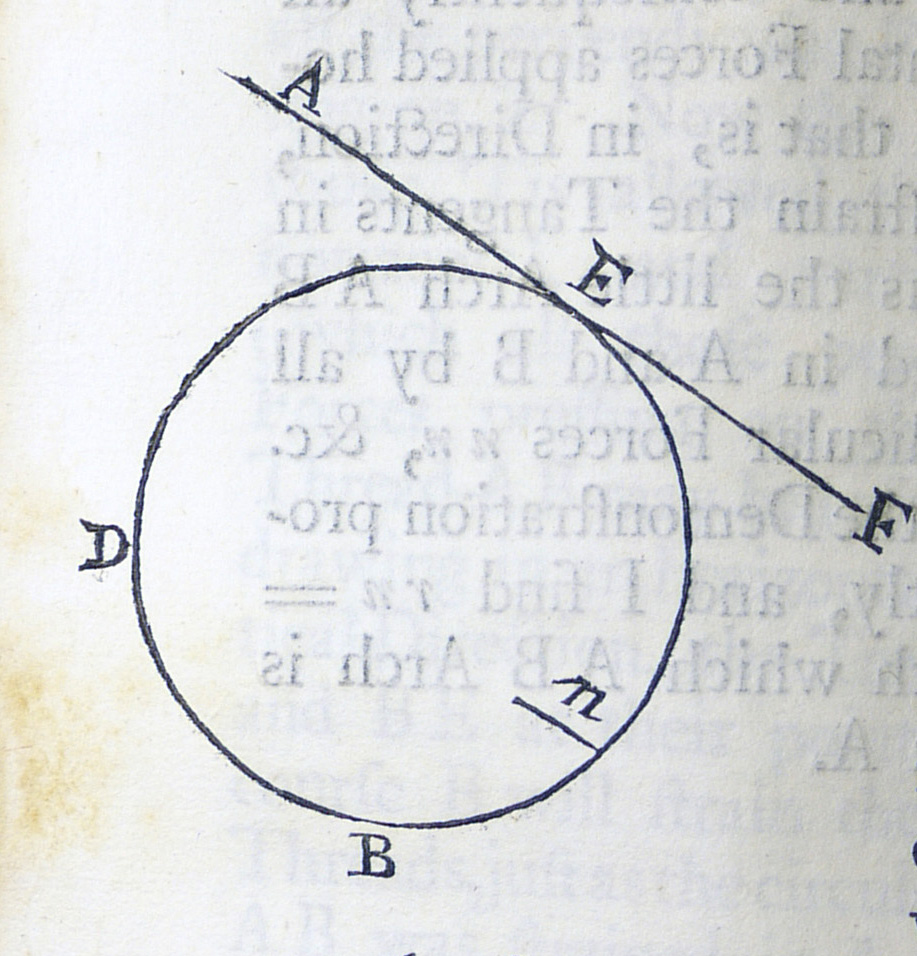
It might come as a surprise that the illustrations accompanying Morland’s arguments are not representations of the heart and the arteries as such: rather, they are abstracted mathematical diagrams, in line with the language he uses to commence his propositions (‘Let there be a Cylindrical Tube ABCD apt to stretch, let it be cut in some Line BD, so that being opened ’twill become the Parallelogram ACBD’, for instance). This can be seen as increasing the scientific rigour of the study: by thinking in terms of geometry and fluid dynamics, he can detach the physics and biology of the heart from its sentimental, spiritual connotations.
Alternatively, it is fair to suggest that, while far from unscientific, this is a practical consequence of the paucity of beating human hearts available for intimate examination. The text’s later speculations do indicate that Morland wants to take his studies further.
I am of the Opinion, that a great Quantity of Air enters into the Composition of the Nerves, and is spent in nourishing and repairing the Substance of them. And that the Reason why some Animals, as the Tortoise, &c, can live with little or no Air, close and confined, is chiefly because they have few Nerves to be nourished, and those of a different Composition from ours: A great Confirmation of this is the Smallness of the head of the Tortoise, Viper, &c. And the Reason why the human Body wants such a constant and large Supply of Air, is, because they are endued with a great Quantity of Brains and Nerves. These being the Engines of Wit and Thought, the Generality of those, who live in moist and foggy Airs are observed to be of a dull and slow Invention.
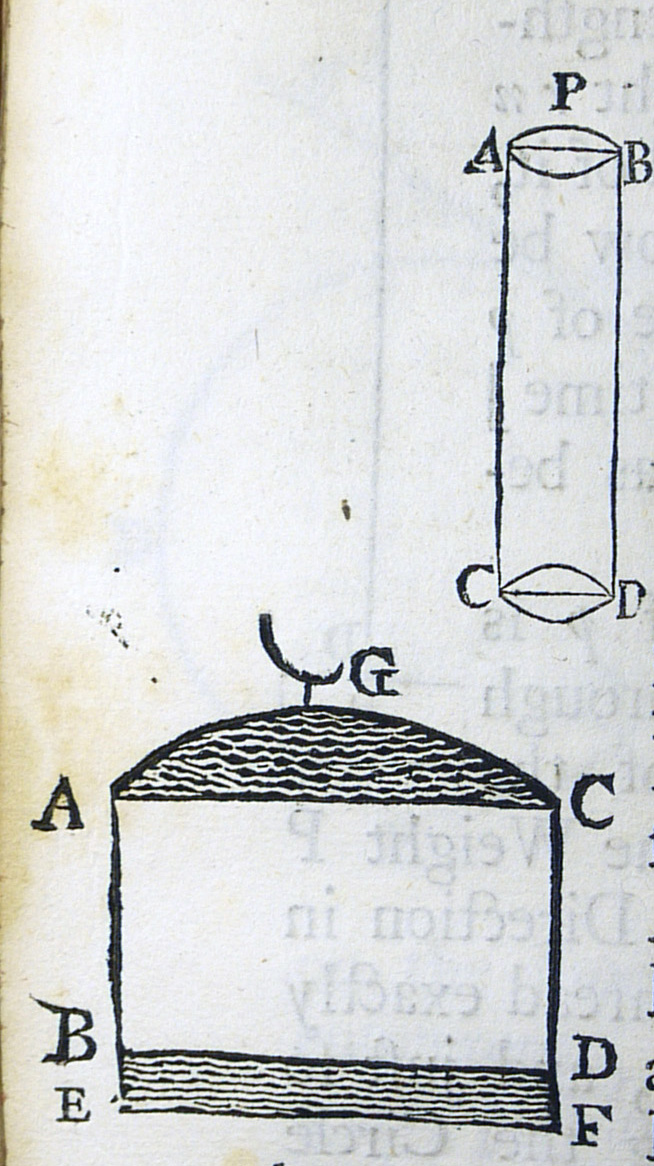
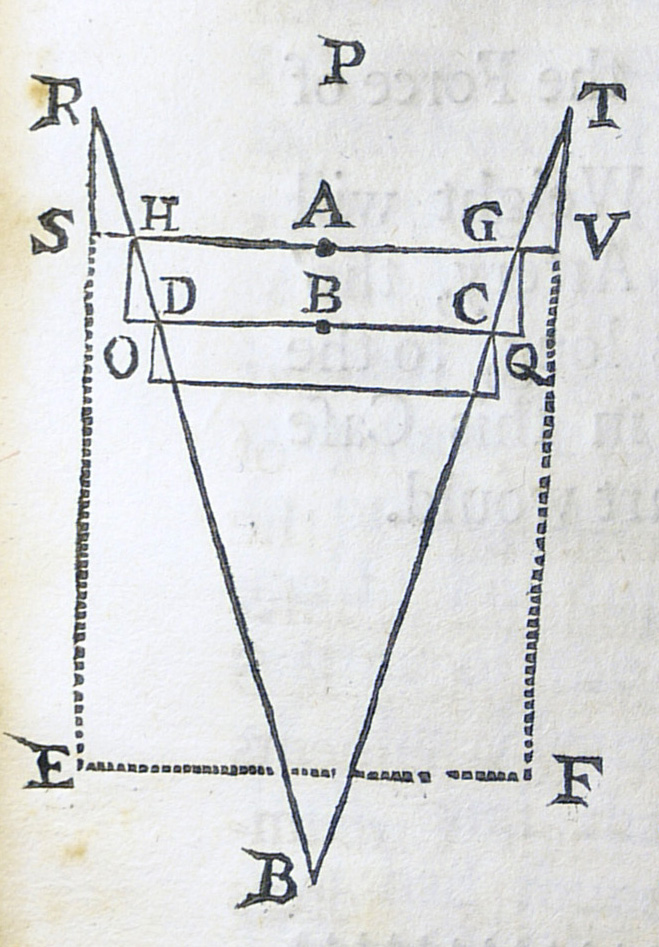
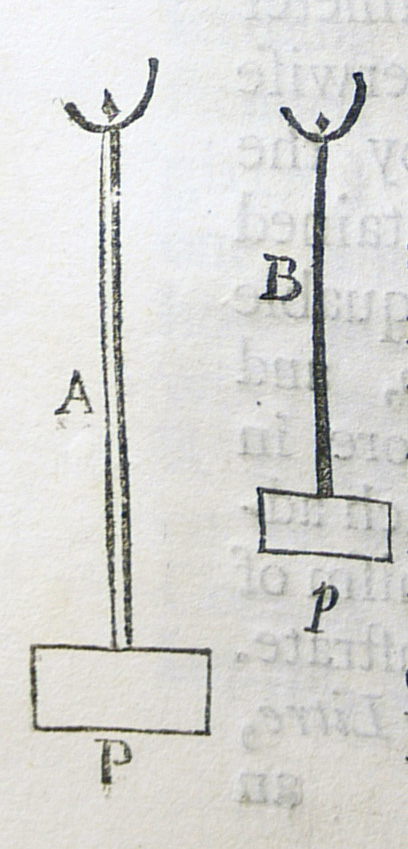
The hearts of non-human – indeed non-mammalian – animals offer mystery and enticement, and the properties of an eel’s heart in particular are a source of awe.
The Heart being a Muscle, and moved by the Instrumentality of the Nerves; ’tis, I confess, very unaccountable, that especially the Hearts of cold Animals, such as Eels, will continue their Vibrations or Pulsations sometimes for many Hours after they are severed from their Bodies; yea, though the Ventricle be open’d, and all the Blood squeez’d out. Nay, when the Heart has quite ceased from Pulsation, it may be excited to beat afresh by the Application of warm Spittle, or by being prick’d gently with a Pin or Needle. Yet farther, tho’ you divide the Heart of an Eel thus severed from its Body into three Pieces, each of these Pieces will continue their Vibrations, and which is very remarkable, if you sprinkle Vinegar on one of these Portions, that will immediately cease from its Motion, while the other two continue theirs.
Oh for the heart of an eel.
This Special Collections Spotlight article was contributed on 14 February 2018 by Adam Crothers, Special Collections Assistant.